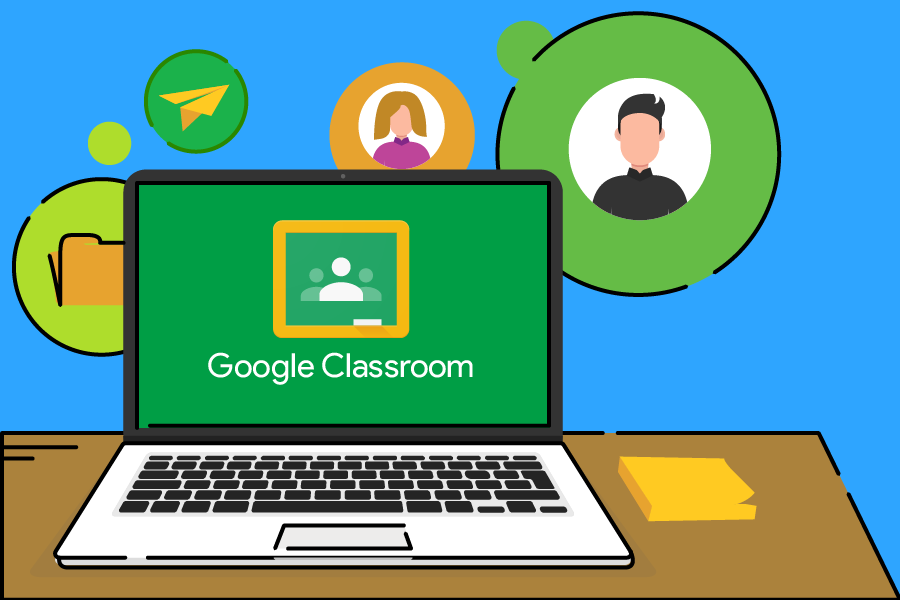How using EdTech can reduce the admin workload for teachers
It would be an understatement to say that today’s teachers are overworked. Concerningly, 44% of teachers plan to quit in…

It would be an understatement to say that today’s teachers are overworked. Concerningly, 44% of teachers plan to quit in the next five years – largely due to their unmanageable workloads.
Admin is an unwelcome addition to this – but with a little help from EdTech, it doesn’t have to be such a burden!
In this blog, we’re highlighting four ways that EdTech can minimise the admin workload for teachers.
1. Plan lessons digitally
Even the most experienced teachers benefit from lesson plans, which enable a structured approach to students’ learning. They also help schools keep track of what content is being taught and when – so it’s important to keep them in order.
EdTech presents an opportunity to do just that. By using digital lesson planning tools, teachers can neatly organise their plans so they’re accessible via school tablets or computers. This means they don’t need to worry about them disappearing under piles of textbooks!
By combining laptops or tablets with lesson-planning apps such as Pango, teachers can access their previous and upcoming lesson plans digitally, whenever it’s convenient. Doing things digitally also makes it easier to build new lesson plans by modifying or downloading existing plans and templates.
2. Let tech track student attendance
Paper registers are largely a thing of the past, with schools (rather sensibly) opting for digital attendance records to save time. However, teachers can further reduce their admin workloads by using attendance-tracking software.
EdTech-powered software such as Satchel can help teachers keep track of their students’ attendance records. These tools feature automated attendance reports and dashboards so teachers can easily see when and why absences occur. Some tools even integrate attendance records with contact details for students’ parents or guardians – so staff won’t need to waste time searching.
3. Save time on marking and organise feedback
For many teachers, marking is a never-ending task and one that encroaches on their time outside of school. Thankfully, EdTech enables teaching staff to streamline the marking process.
There are plenty of examples of online marking tools, such as Progressay. These tools include:
- automatic marking for tests in more objective subjects, e.g. multiple-choice chemistry tests
- replayable audio feedback, allowing students to hear comments and better understand how to improve
- interactive dashboards to show students’ overall grades and progress throughout
- shareable ‘class letters’ from teachers to highlight students’ common strengths and weaknesses
Another benefit of EdTech-based marking and feedback is that it’s accessible on school equipment, like iPads or Chromebooks. It also means students can see how they’ve done instantly – without having to wait for results!
4. Streamline communications with parents
It can be time-consuming for teachers to print dozens of letters and consent forms to send home to parents and guardians. And when these files inevitably get lost in students’ school bags, replacing them only adds to their workloads.
Thankfully, switching to all-digital communications allows teachers to have instant contact with parents via online platforms such as ClassDojo. These apps mean teaching staff can send grades, attendance records, or letters to students’ homes directly. As a result of using this tech, parents can be better informed about their children’s progress.
If you’re in need of modern yet affordable EdTech equipment, like iPads and computers, look no further than Utility Rentals. Contact our rental wizards today to discover how EdTech can revolutionise your school’s approach to admin.

